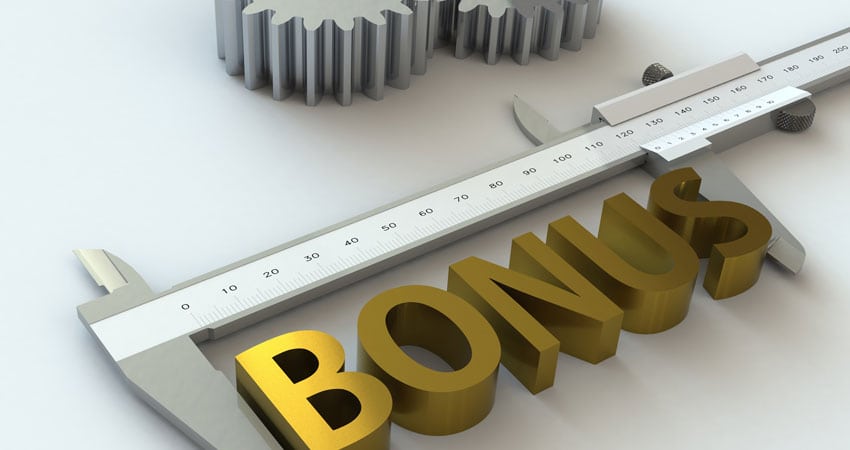As pressures mount to drive the minimum wage to $15 or more per hour, we expect that ecommerce and direct-to-consumer businesses will need to adopt incentive plans or bonuses to drive more productivity. More than 50% of total cost of fulfillment is labor, and more companies will utilize an incentive pay plan as part of their pay structure.
Incentive pay is a bonus over and above hourly wage an associate can earn by meeting preset requirements or criteria. It can be based on productivity, quality or safety objectives. While an incentive pay plan can be beneficial, there are 7 considerations that need to be understood beforehand if it is going to be successful:
Collecting key performance data: Many companies don’t collect and report employee performance today. This is the first step. Research what it will take to put in place accurate collection of data in departments within the fulfillment center (picking, packing, receiving, replenishment, returns, etc.). This will need to include payroll costs.
Adoption of engineered labor standards will make the productivity reporting and incentive pay plan more accurate. Take for example order pick batches. Single-line order batches are fast to pick whereas multi-line batches are slower and more complex. Multi-line orders may require the best pickers. An engineered labor standard for picking takes these differences into account where the simple metric of units per hour picked does not.
Process improvement required: As you evaluate the benefits of incentive pay for a specific function, it will only work if you improve the process first. Trying to build sophistication on top of poor processes and systems may not be fruitful or advisable.
Criteria for bonus pay: Incentive pay plans need to have well thought-out criteria or requirements in order to measure associates so the pay is objective. It needs to be challenging, but also achievable. One of the worst things that can occur is having criteria that are unfair to the business or the associate. This will either cause the company to pay out more for savings they’re not receiving, or on the flip side cause associates to lose focus and motivation if they know it’s impossible to reach the set criteria.
Pay for increased performance: Know how much money the associate is truly saving your business. When determining how much incentive to award them for meeting the criteria, you must know how much they’re truly saving you by hitting them. Once you’ve determined this, don’t exceed the break-even point of your savings.
Incentives tied to team or group performances: If a portion of the incentive pay plan is tied to criteria achieved by a group or team, you may need to come up with creative solutions and coaching to avoid adverse effects. How will you structure incentives when a team has to accept inexperienced or under-performing co-workers? Additionally, how does an individual that outperforms the team get compensated?
Determine where you can get the most benefit: In many operations the largest labor expense is in picking, packing and shipping customer orders. That would be our vote to investigate how much additional productivity can be gained with incentive pay. Start in one function with high performance employees first.
Don’t make the plan too complicated: If it’s difficult for an associate to understand how they qualify for an incentive, or a supervisor has trouble explaining the plan, you probably have made it too difficult. Remember you’re trying to get more achievement out of your employees. If they feel they’re being gamed, or if it can’t be a win/win for both sides, chances are the plan will fail.
Exciting times are ahead as we look to improve productivity in customer contact and fulfillment centers. Incentive pay plans should be one of the strategies you investigate and adopt to keep reducing your costs. Without increased productivity, higher wage rates will invariably reduce profits.
Brian Barry is president of F. Curtis Barry & Company

